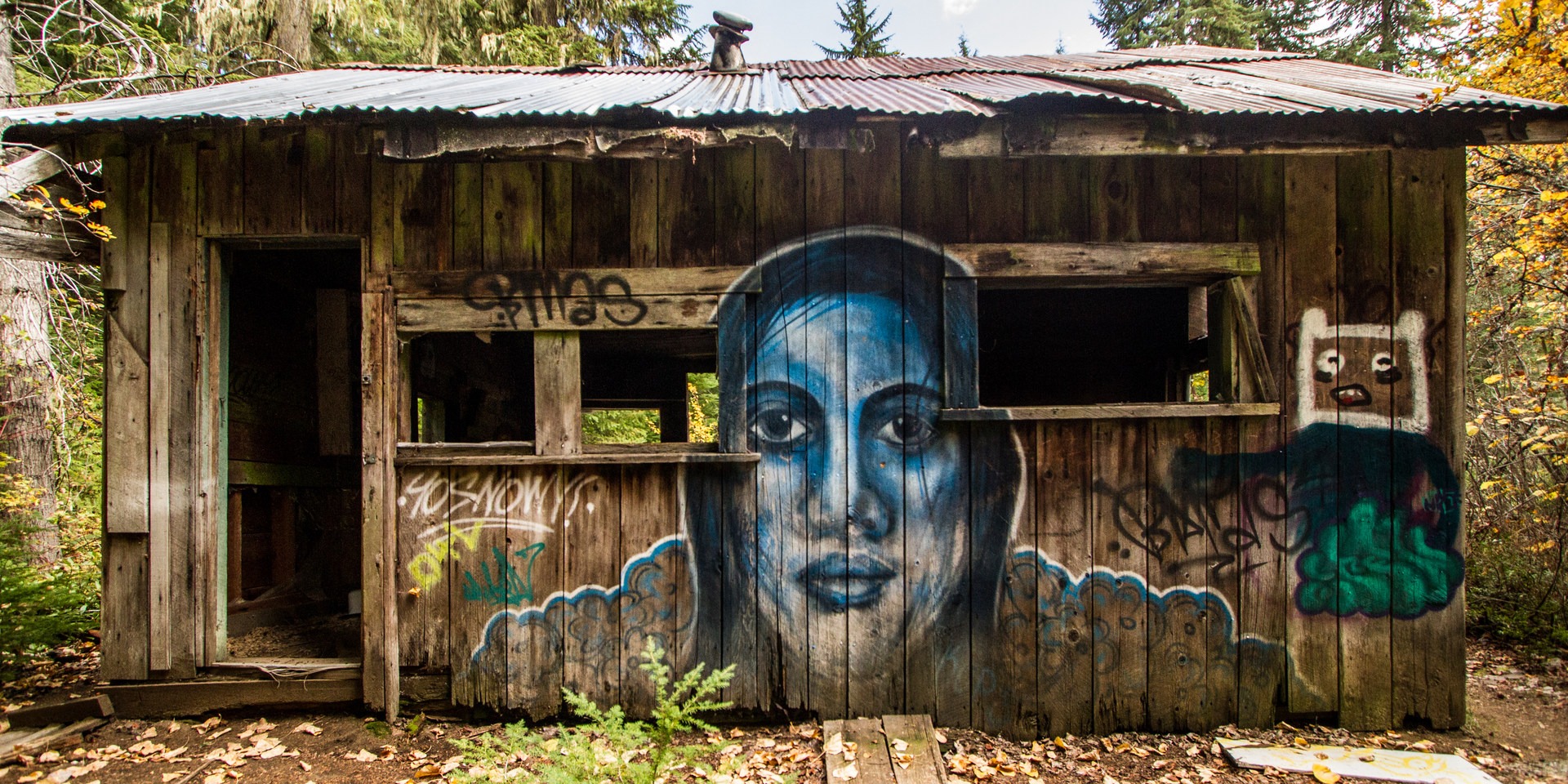You are here
In the early 1920s the Barr Brothers’ Logging Company out of Mission, B.C., was running out of readily available timber and searching for a new location to set up shop. They looked at properties all around southwestern B.C. and eventually set their sights on a prime piece of land on the northeast shore of Green Lake with access to the forests, the water, and the recently built railway tracks. They bought the land, built a steam-powered mill and a few houses, and began operating in 1923. They named the mill and subsequent community Parkhurst after the original landowners.
Over 40 years of operation the mill shut down briefly during the Great Depression, endured several changes in ownership, and survived a large fire. At its peak the mill employed up to 70 people, and the town had a store and even a small school. The mill eventually closed for good in 1966, the same year Whistler Mountain officially opened for skiing. Parkhurst was hastily abandoned by its residents and subsequently became a squatter community of hippies, ski-bums, and draft dodgers from south of the border. Today, the few structures that are still standing at Parkhurst are beyond uninhabitable, but the building remains along with a few abandoned vehicles and some old logging equipment have become a unique attraction known as the Ghost Town of Whistler.
While the site is inaccessible by road, the fastest way to get to Parkhurst is to cross the lake from the Green Lake boat launch, and the best option for accessing Parkhust by land is to hike or bike on the Sea-To-Sky Trail/Green Lake Loop. The misnamed Green Lake Loop is actually not a loop, but rather a trail connecting the Lost Lake Trail system to the south with the Wedge Creek access road to the north. From the Wedgemount exit off of Highway 99, cross the bridge over the Green River and turn right, following the road until you pass Whistler Paintball. Watch for a pullout on the right with a yellow gate on the left just before the road narrows and follow signs for the Sea-To-Sky Trail beginning from the the yellow gate. This will take you up and around the backside of a large hill with a cell tower on the top and follow the power lines, sometimes crossing or following the cell tower access road.
After about 1.5 kilometers, look for the trail veering off of the road to the left, continuing to follow the power lines as the road heads up into the forest. After another 500 meters or so you’ll come to a junction with a trail leading downhill. This is the Green Lake Loop-Parkhurst Connector; take a right and follow it down to the ghost town and eventually the lake. There are several trails interwoven through the forest here, and the remnants of Parkhurst are spread out among them.
There’s a lot of history in these woods, and each visit to Parkhust yields new discoveries. If you take some time to explore you’ll likely find some interesting artifacts beyond the obvious things on the main trail. Parkhurst has a spooky feel to it; having been almost completely swallowed up by the forest, it seems unlikely that a bustling community of over 100 people lived here just a half century ago. Even more difficult to fathom is that there was no Whistler Village at the time, nor were there chair lifts, gondolas, hotels, restaurants, highways, or tourists. One can’t help but wonder what the next 50 years has in store for this valley. When you’ve had your fill, climb back up to the Green Lake Loop junction and head back the way you came, or continue south on the Sea-To-Sky Trail/Green Lake Loop to Lost Lake.
Logistics + Planning
Current Weather: Powered by Dark Sky
























Comments
Sign In and share them.